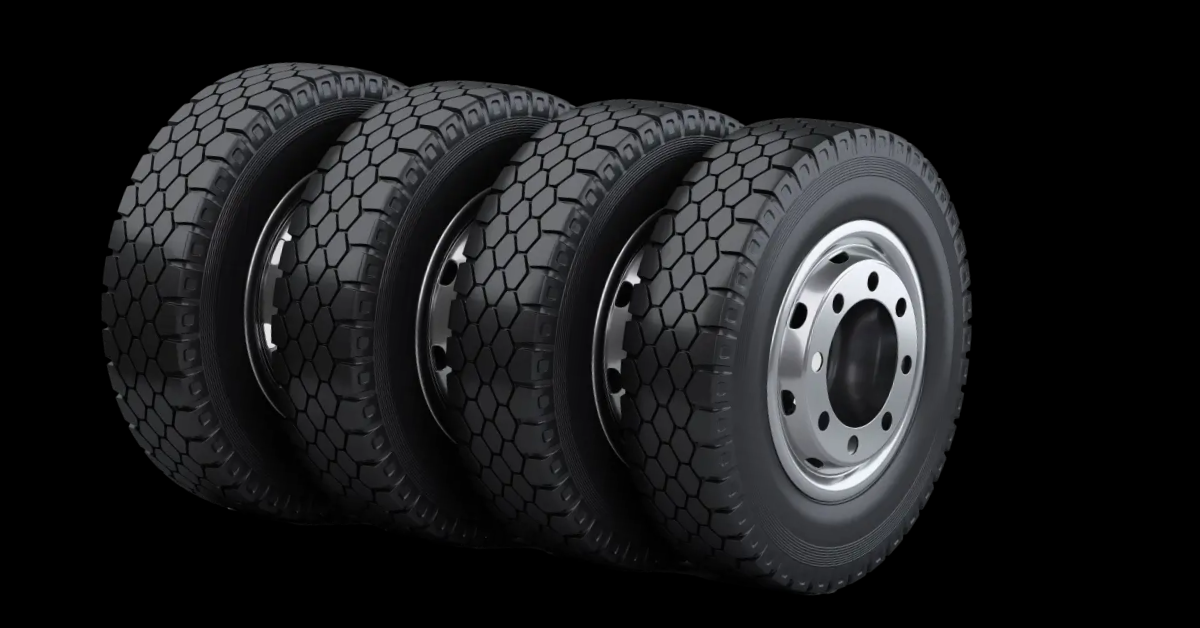As a truck owner or fleet manager, keeping your vehicles on the road and operating effectively is paramount. One often overlooked aspect of truck maintenance is understanding tire wear patterns. These patterns can reveal a wealth of information about your truck’s condition, potentially saving you from costly repairs and downtime. Let’s dive into the world of tire wear patterns and what they mean for your heavy-duty trucks.
Common Tire Wear Patterns and Their Causes
Center Wear
When the center of your tire tread is wearing faster than the edges, it’s typically a sign of overinflation. This causes the tire to bulge in the middle, concentrating wear in the center.
Edge Wear
Conversely, if the edges of your tires are wearing faster than the center, underinflation is likely the culprit. This causes the tire edge to bear more of the load, leading to accelerated wear.
One-Sided Wear
If one side of your tire is wearing faster than the other, you’re likely dealing with an alignment issue. This could be due to improper camber alignment or worn suspension components.
Cupping or Scalloped Edges
Cupping appears as a series of high and low spots around the tire tread. This is often caused by worn shock absorbers or unbalanced wheels.
Advanced Wear Patterns
Feathering
Feathering appears as a saw-tooth pattern across the tire tread. Its typically caused by improper toe alignment.
Diagonal Wear
This pattern often appears on drive tires and can be caused by mismatched tires or improper dual tire inflation.
Understanding tire wear patterns is more than just a maintenance task—it’s a crucial aspect of fleet management that can significantly impact your bottom line. By regularly inspecting your tires and addressing issues promptly, you can extend tire life, improve fuel efficiency, enhance safety, and reduce overall operating costs.


